
Spread over the area of 2 small tennis courts, this fort claims to be the smallest country in the world. Located in the North Sea, this self-styled country is called the Principality of Sealand, which lies within the coastal boundary of the United Kingdom.
In 1967, former British soldier Roy Bates hoisted his flag on this fort and named it Sealand, and Britain has been unable to end its occupation in 6 decades. According to Michael Bates, son of Roy Bates, this is symbolic freedom. Spread over an area of 0.004 km, the history of this place is quite interesting.
The fort was built during World War II in 1943 to keep the British Navy away from its waters and 150 soldiers were stationed there. At that time it was named Roughs Tower.
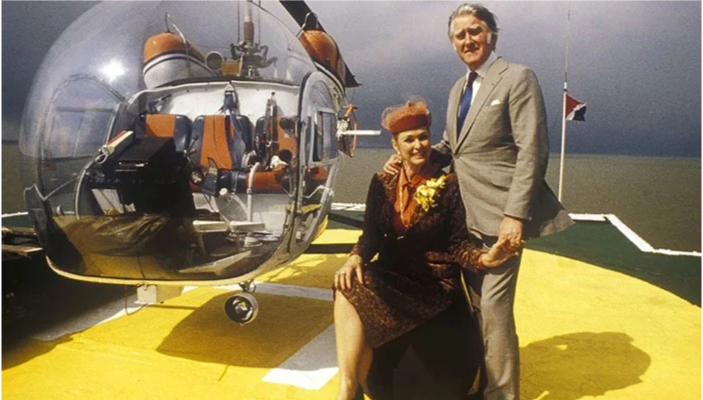
In 1956, the British Navy evacuated the site and the British government also abandoned it, as the seas there are very rough and the weather is often bad. The fort was at that time in international waters a few miles outside the legal territorial waters of Great Britain, and seeing it empty, Roy Bates planned to settle there.
Interestingly, before this, the British government had also evicted them from another such fort in the North Sea. After leaving the fort called Knock John, Roy Bates started running a pirate radio station and the British government was not happy about it, and strict legislation was put in place to shut it down. Their radio operated inside British territory, while a rival radio operated outside British territory at Roughs Tower.

This went on for several years and then in 1967 Roy Bates, his son and the radio crew reached Roughs Tower by boat and climbed the hanging ropes. There were also some opposition radio crew members who were brought ashore from there. Since then, the fort has been in the possession of the Bates family, but the situation they faced is nothing less than a movie story.
At first he struggled to preserve his sovereignty, until a British naval ship approached him and Michael Bates fired warning shots at him. This led to a lawsuit against Roy and Michael Betts in a British court, which was dismissed by a judge saying that the fort was outside British territory, making the matter non-judicial.

Roy Bates and his son declared the court decision in their favor, saying that it recognized Sealand as their state. Since then they have been running Sealand as a country although no country has officially recognized it. In 1978, he faced difficulties when a man named Alexander Achenbach declared himself Prime Minister of Sealand and stormed Sealand with several people.
At that time Roy Bates and his wife had gone to Austria to discuss the sale of Sealand with Alexander Achenbach. Alexander Achenbach attacked and took Michael Bates hostage but managed to free himself and recapture Sealand while Alexander Achenbach was charged with treason against Sealand.
Alexander Achenbach had a German passport, so Germany sent a diplomat from London to Sealand to negotiate the release of its citizen and released him. Roy Bates declared these talks as his success and said that Germany has recognized Sealand.
In 1987, Britain’s maritime boundary was extended and Sealand entered British waters, after which its international recognition was virtually eliminated. But still in Guinness World Records, Sealand is declared as the smallest region in the world that declares itself as a country.
Roy Bates also designed his own flag and national anthem, while also issuing his own coins and stamps. The place has its own constitution and currency called the Sealand Dollar.

The 2 towers on Sealand’s platform are used for accommodation and are divided into 7 floors with bedrooms, kitchens and other rooms. Roy Bates described his family in Sealand as royalty and died in 2012. There are now some people representing Michael Bates in Sealand, overseen by Michael Bates’ sons, while he himself is based in the UK.
It is not clear what the population of Sealand is, but according to various reports, 27 people live there. Titles such as lord, lady, duke and duchess are sold on the Principality of Sealand website to generate income for Sealand. Some time ago, Michael Bates was asked about the future of Sealand and he said that when the fort was built, it was said that it would have a life of 200 years.
“My sons are running it now and I have 3 grandsons, I am sure they will carry on the family legacy,” he said.




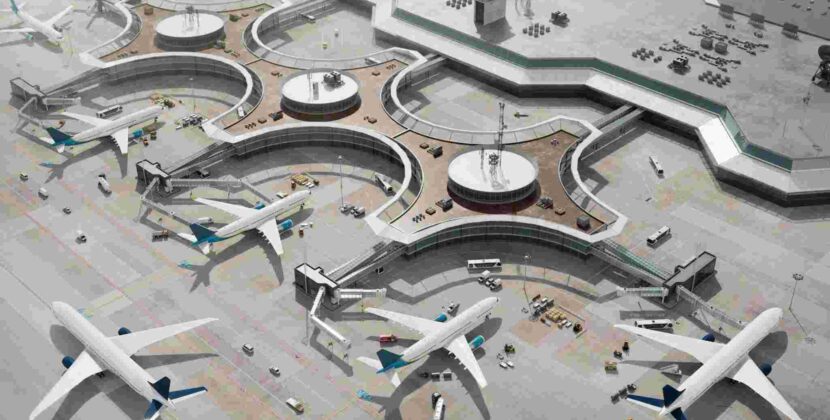






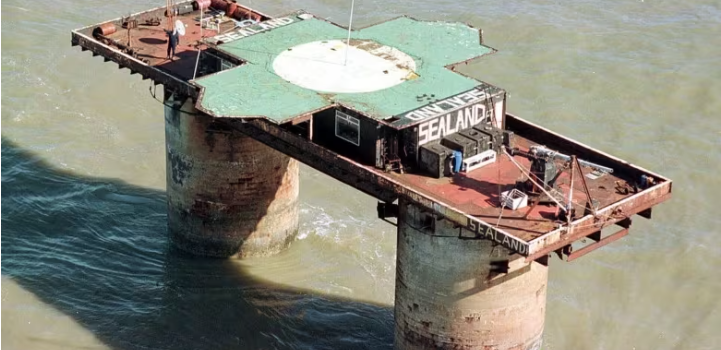


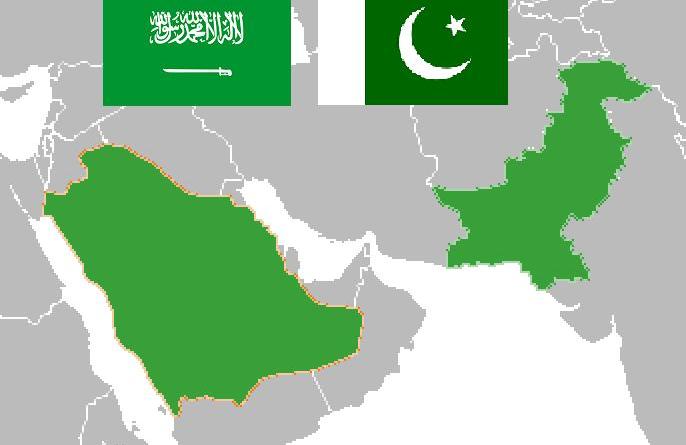




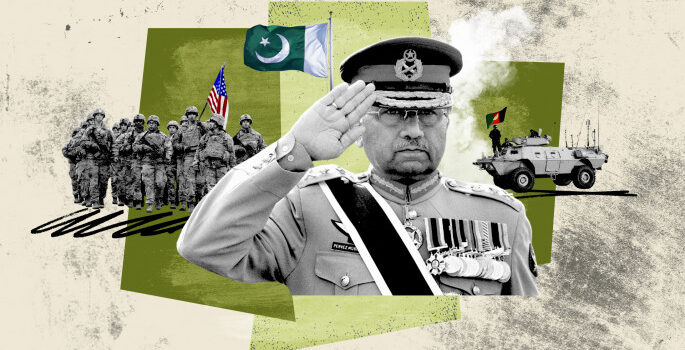

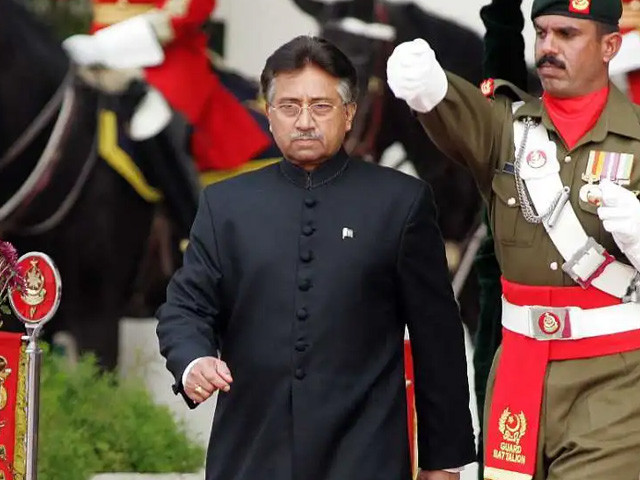
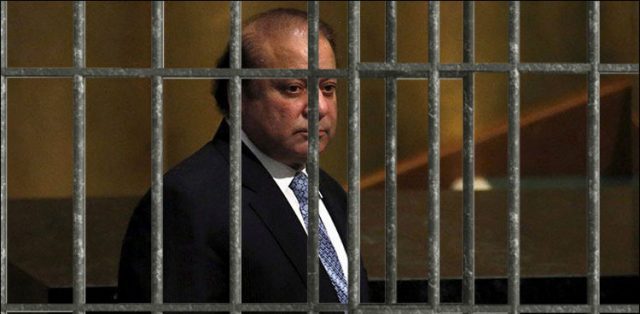
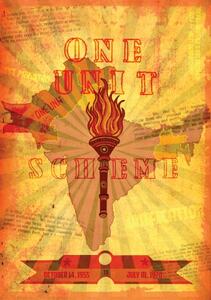
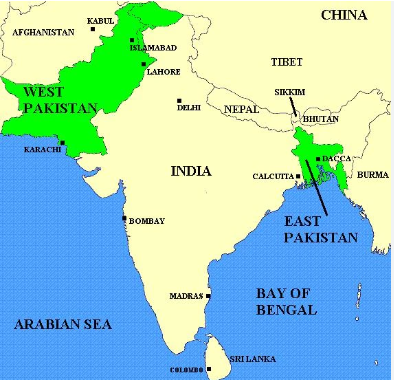

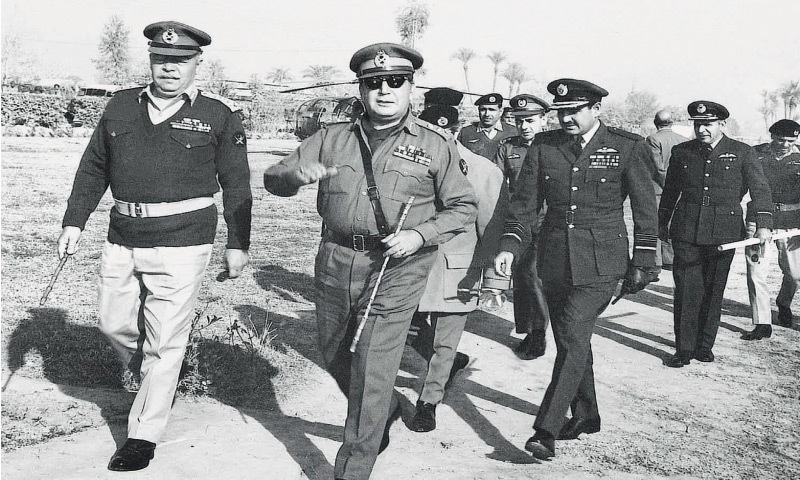
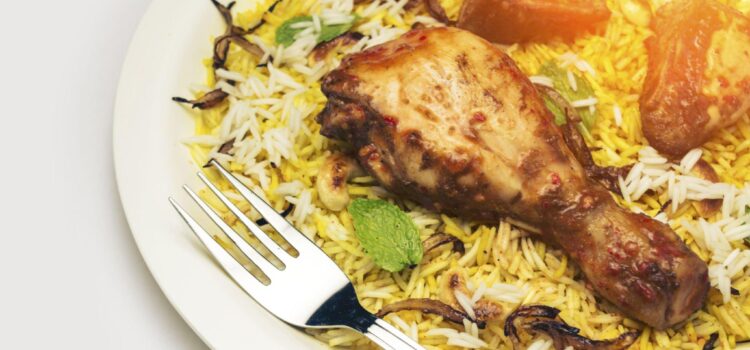




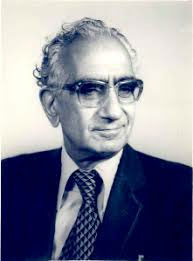
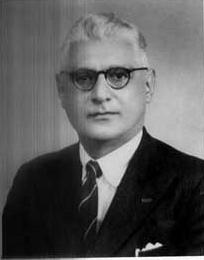






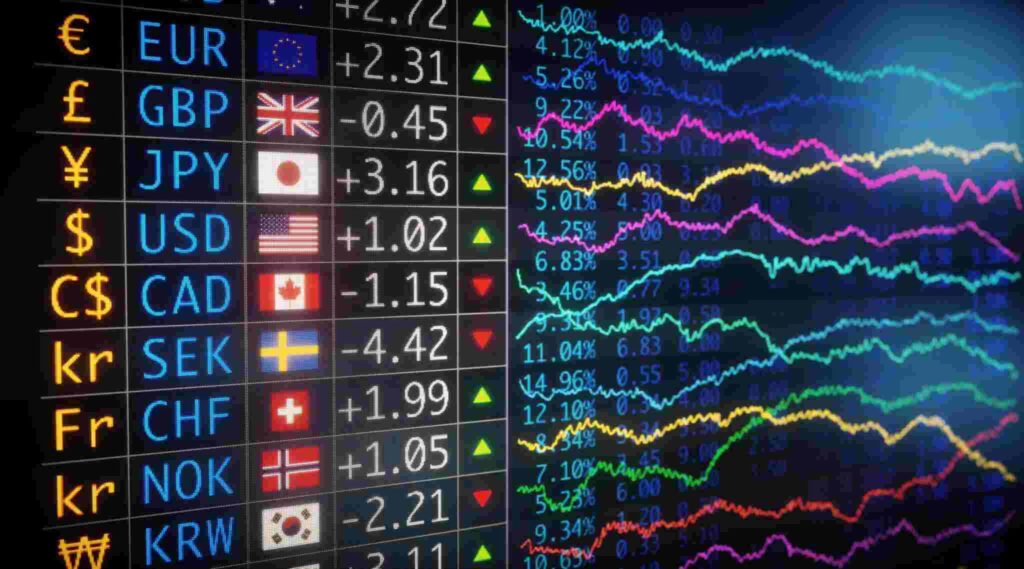
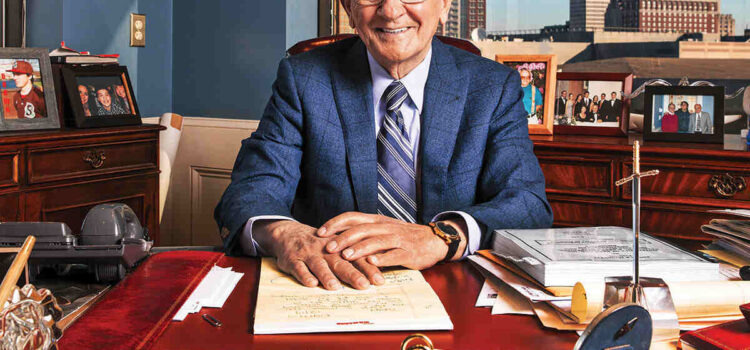




Comments
Here are 10 World’s Largest Cruise Ships
Here are 10 World’s Largest Cruise Ships
From Love to Longing: 10 Surprising Reasons of Marital Disconnection
Unveiling the Surprising facts about Zulfiqar Ali Bhutto
Unveiling the Surprising facts about Zulfiqar Ali Bhutto